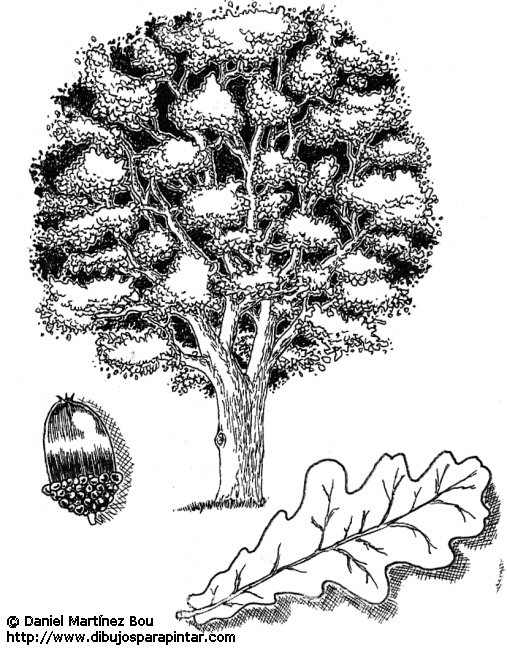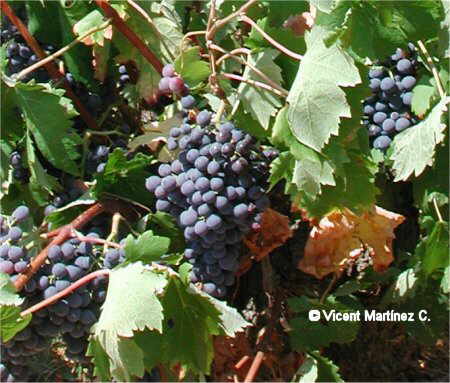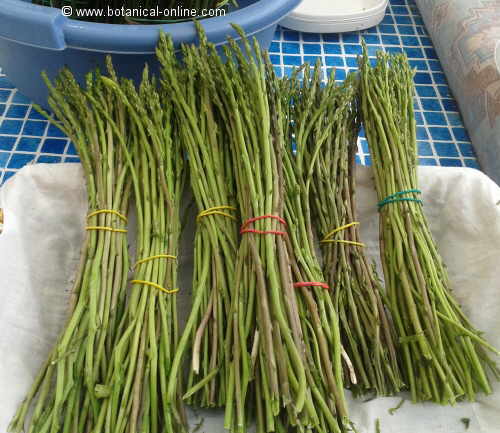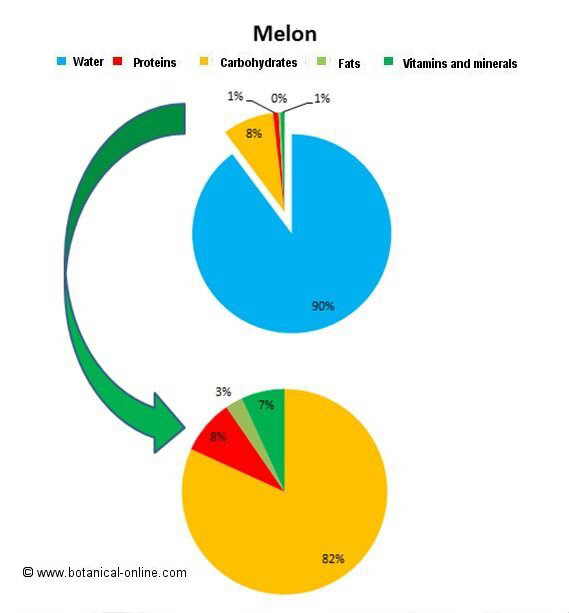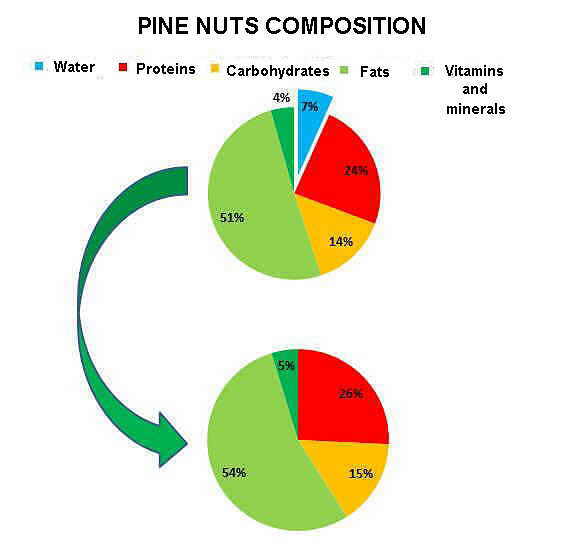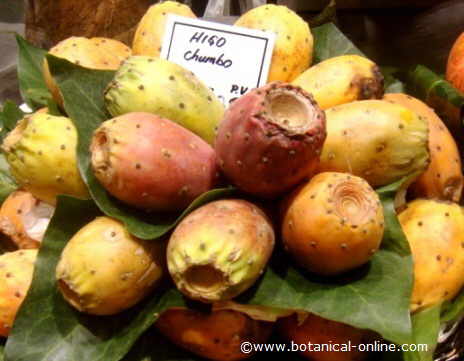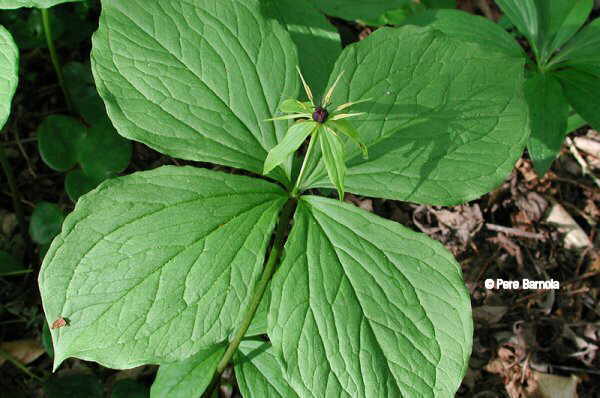Contents
Characteristics of sorghum plant
Characteristics of Sorghum bicolor
Common English name: Sorghum, milo, great millet, jowari, durra.
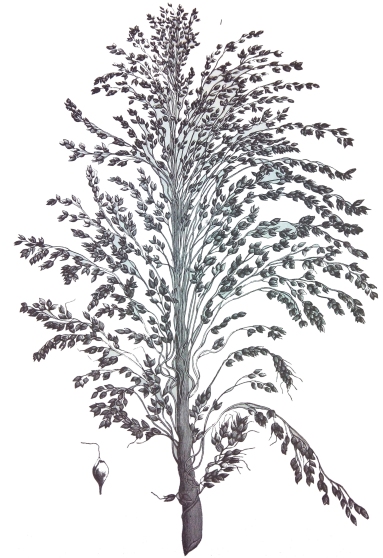 Drawing of sorghum panicle with the detail of a seed or grain |
Scientific name: Sorghum bicolor L. There are many varieties of sorghum, but this species is grown for food purposes for obtaining their grain.
-See: Sorghum in other languages
Family: Grass family or poaceae
Origin and Habitat: the true origin of this cereal is unknown, although it is suspected that it comes from Africa, especially from Ethiopia or Sudan.
It grows in many countries as a common “weed”. Its cultivation requires sunny places, wet and well drained soils. Resistant to frost and drought thanks to its root system, fasciculated (root) like rye.
Botanical characteristics of sorghum
Sorghum is a plant of the grass family, considered a variety of millet, grown as an annual plant, although it is perennial in the tropics and can be harvested several times a year.
Sorghum can measure between 1 and 2 meters, or up to 5 meters high in forage varieties.
It has got a fasciculated root system that allows it to grow in extreme drought conditions and resist frost. These roots can reach 2 meters deep.
The stem (1) is cylindrical, erect, and presents tillers or structural knots typical grasses.
Leaves (2) are green, alternate, lanceolate or glabrous, 60 centimeters long and between 1 and 7 centimeters wide.
The stem has a terminal inflorescence (3) 10 to 20 centimeters long (some samples, up to 40cm) with inflorescences in panicles or spikelets. Its flowers are hermaphroditic.
The seed or grain is a caryopsis fruit about three to four millimeters in diameter, spherical and oblong, black, red and yellow.
Composition of sorghum
– Carbohydrates: Like all fruits of grasses, starch is the main component of the grain.
– Protein: sorghum is relatively low in protein content (8-13 percent), similar to the content of other cereals, and is more important as a source of energy.
It is deficient in an amino acid called lysine, like all cereals. If we want optimal protein intake, sorghum should be combined with vegetables or dairy products. It does not contain gluten, so it is a cereal suitable for coeliacs.
– Fats: it has low fat content, bringing us the polyunsaturated type.
– Minerals: We should highlight its zinc content, very important antioxidant mineral for the body.
– Vitamins: Only varieties with yellow endosperm contain vitamin A. Like other cereals, it is rich in B vitamins, especially niacin.
| Nutritional composition of sorghum grain per 100g | |
| Nutrient | Content |
| Energy (Kcal) | 342 |
| Carbohydrates (g) | 72,7 |
| Proteins (g) | 10 |
| Fats (g) | 3,7 |
| Fiber (g) | 2,2 |
| Calcium (mg) | 22 |
| Iron (mg) | 3,8 |
| Phosphorus (mg) | 242 |
| Sodium (mg) | 8 |
| Potassium (mg) | 44 |
| Zinc (mg) | 1,5 |
| Vitamin C (mg) | 0 |
| Vitamin B1 or thiamin (mg) | 0,33 |
| Vitamin B2 or riboflavin (mg) | 0,18 |
| Vitamin B3 o niacin (mg) | 3,9 |
![]() More information on sorghum.
More information on sorghum.

